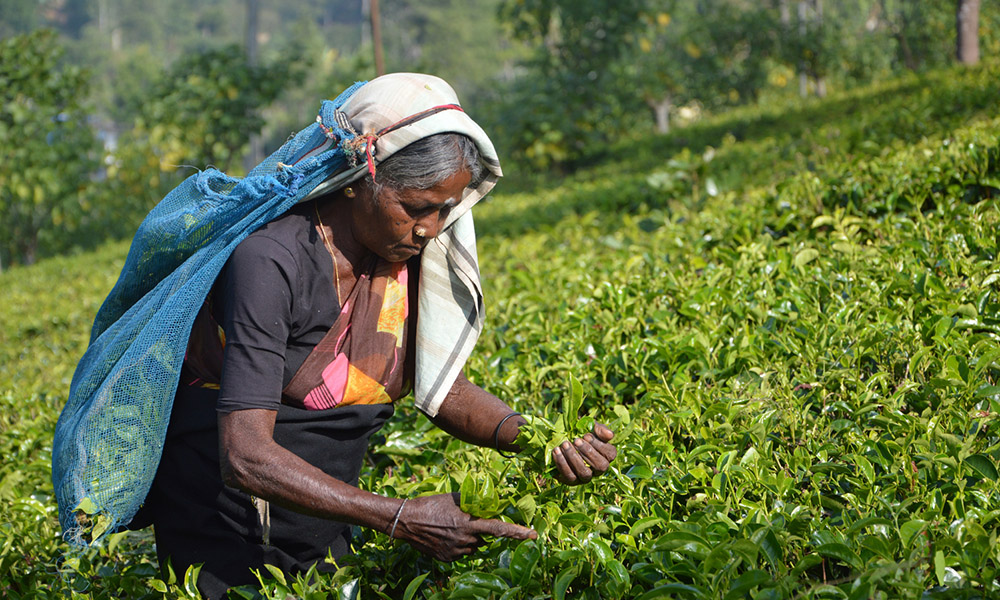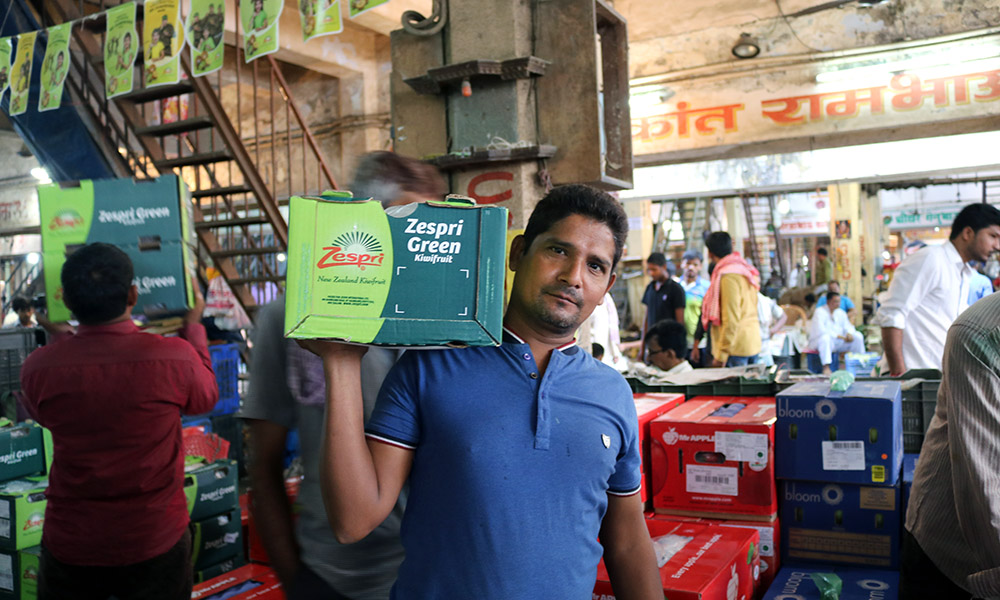Tracey Epps: "Despite its current situation, Sri Lanka remains a country with which New Zealand has more than a handful of commonalities and mutual interests."
I recently returned from a visit to Sri Lanka and India as part of the Asia New Zealand Foundation’s Track II programme. The visit involved structured dialogues with the Pathfinder Institute in Colombo, and the Indian Council of World Affairs in New Delhi. We also had a rich array of discussions with other experts, including young leaders, civil society, and research institutes.
Sri Lanka made world headlines in 2021 when it faced a severe economic crisis that saw soaring inflation; widespread shortages of food, fuel and medication; power outages; and led to the president fleeing the country after protestors demanded his resignation.
Much of the blame in the international media was traced back to Sri Lanka’s infamous indebtedness to China. But the full story is – as with most things – far more complicated. We heard from multiple sources that Sri Lanka’s crisis had been brewing for many years and is inextricably linked with politics.
Over a year on from the immediate crisis, things on the ground in Colombo look deceptively normal. But this belies the harsh reality faced by most Sri Lankans. As reported by Reuters recently, the poverty rate nearly doubled to 25% of the population last year, and could yet rise further.
Winston Churchill famously stated that one should “never let a good crisis go to waste”. We heard from several experts that this crisis has provoked more public discussion of economics than ever before. Yet Sri Lanka’s future direction remains uncertain and deep political disorder remains. We heard that the country is grappling with a lack of capacity in the public sector, a loss of faith in the state and a significant brain drain.
We also heard about the president Ranil Wickremesinghe's ambitious international trade agenda. In this respect, Sri Lanka has an opportunity to move forward in a positive direction. It is a member of the World Trade Organization (WTO), but only has a small number of free trade agreements (FTAs).
We were told that the president is pushing for membership of the Regional Comprehensive Economic Partnership (RCEP), implementation of an already negotiated FTA with Singapore, and negotiation of FTAs with India, Thailand, Malaysia and Indonesia.

Sri Lanka is the second biggest exporter of tea in the world
It is an interesting moment in time for a country in Sri Lanka’s position to be embarking on such an agenda. The trade liberalisation narrative which has held sway globally since the late 1980s is under challenge as the unequal distribution of liberalisation’s benefits has become clear.
Sri Lanka has an opportunity to learn from prior mistakes, and to be innovative in thinking about ways that trade can be calibrated to support sustainable and inclusive development. This will take more than nicely worded provisions in trade agreements, and herein lies a huge challenge for Sri Lanka, particularly in the wake of the crisis and with limited bureaucratic capacity.
Despite its current situation, Sri Lanka remains a country with which New Zealand has more than a handful of commonalities and mutual interests – we are both small, maritime nations with a much larger neighbour; we share a love of good food, tea, gin, cricket; and both have a critical need to look outwards to ensure security and prosperity.
Even with the brain drain, Sri Lanka has a highly educated population, and we were honoured to meet with some truly inspirational people who provide hope for a better future.
On to India
India – Sri Lanka’s much larger neighbour – is a vibrant, rich, diverse and fascinating place.
The scale of development and opportunity is difficult to grasp, especially coming from a country of merely five million. India is the world’s quickest-growing large economy, has the world’s second-largest working population, the world’s largest stock exchange, over 1.2 billion mobile phone subscribers, and a GDP of approximately USD 7 trillion in purchasing power parity (PPP) terms. [1]

Epps says the lack of an FTA should not dissuade New Zealand businesses from looking towards India
It is not surprising though that many New Zealanders have traditionally seen India as an intimidating place to do business, preferring more familiar destinations.
It’s not only the mind-blowing size of the place, but stories abound of corruption and red tape. And then there is India’s fairly protectionist trade policy that has resulted in high tariffs and restrictions on imports.
Where New Zealand, as a small, geographically distant, nation, has long looked offshore to grow its prosperity; India has not had the same need to look outwards. Negotiating free trade agreements hasn’t been a priority for it like it has for New Zealand.
But the lack of an FTA ought not to dissuade New Zealand businesses from looking towards India.
One only has to look at Rakon, the Auckland-based manufacturer of frequency control products and timing solutions, who recently opened a new research and development facility in the SEZ Aerospace Park in Bengaluru, and whose products have been used for Indian space programmes including the Chandrayaan moon missions and the Mars orbiter mission Mangalyaan. Or on a smaller scale, the Wellington homeware store, Small Acorns, whose owner recently returned from a buying trip to bring back fabulous antique treasures from India to New Zealand customers.
The conversations we had in New Delhi highlighted all kinds of potential opportunities for New Zealand and India to work together, including in services, technology, culture, tourism and aerospace. We heard too about India’s focus on women-led development, an area in which both countries can undoubtedly learn from each other.
As Bharat Joshi wrote in his recent book, Navigating India:
“in this brave new world, you ignore India at your own peril. Competitors will source goods, services or even top management from Indian shores, and gain an advantage; or sell their products, services, or ideas to this insatiable market. Either way, your hand is forced. It is only a matter of time before virtually every business actively engages India, either proactively and directly, or reactively.”
[1] As of 2022. Bharat Joshi, “Navigating India” (Rupa Publications India, first published 2017).
The Foundation's Track II programme supports informal diplomacy with thinktanks in Asia on issues and challenges facing the region.


